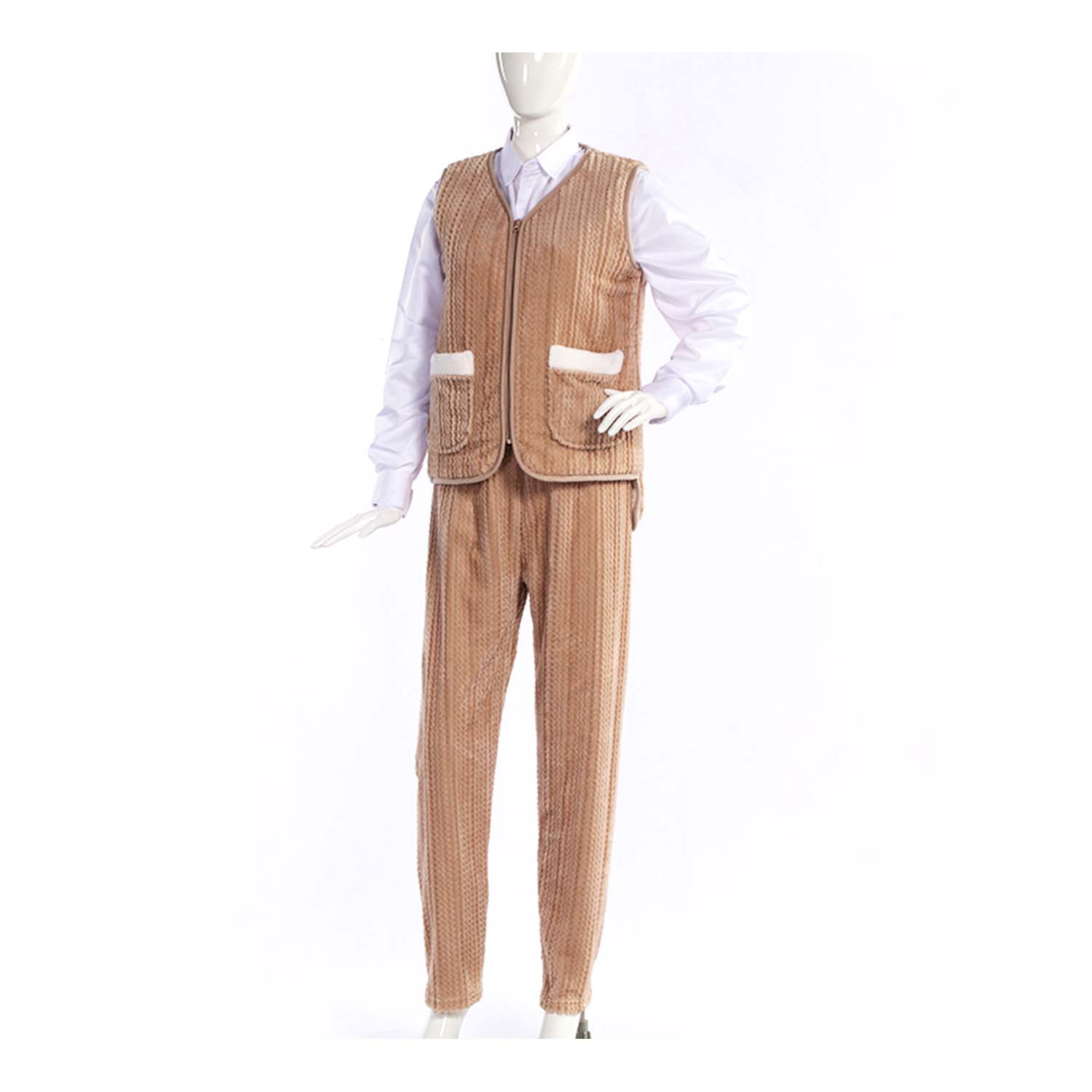How to match home clothing to adapt to different comfort levels at different temperatures?
Matching home clothing to adapt to different comfort levels at varying temperatures involves selecting appropriate fabrics and layering strategically. Here are some tips to help you achieve this:
Choose Breathable Fabrics: When selecting home clothing, prioritize natural fibers like cotton, linen, or bamboo. These materials are prized for their breathability, allowing air circulation and moisture evaporation. This property helps regulate body temperature, keeping you cool in warmer weather and providing insulation in cooler conditions. Avoid synthetic fabrics such as polyester, which can trap heat and moisture, potentially causing discomfort and skin irritation during prolonged wear.
Layering: Effective layering is a practical strategy for adapting to fluctuating indoor temperatures. Begin with a lightweight base layer, such as a cotton or modal blend tank top or T-shirt, which provides a comfortable foundation. As temperatures fluctuate throughout the day or between rooms, add layers strategically. A lightweight cardigan, hoodie, or knit sweater offers warmth without bulk, making it easy to adjust your outfit to suit changing conditions. Layering also allows for quick adjustments when moving between indoor and outdoor environments, ensuring continuous comfort.
Mix and Match: Build a versatile wardrobe of home clothing by incorporating mix-and-match pieces that cater to various comfort levels and style preferences. For example, pair breathable cotton shorts with a long-sleeved thermal top for cooler evenings, or combine leggings with a lightweight, sleeveless tunic for relaxed lounging. Investing in complementary pieces enables effortless transitions between different activities and temperatures without compromising comfort or style.
Consider Seasonal Changes: Tailor your home clothing choices to align with seasonal transitions and climate variations. During colder months, prioritize fabrics that offer insulation and warmth, such as fleece, flannel, or brushed cotton. These materials provide additional comfort and protection against chilly indoor temperatures. In contrast, lightweight fabrics like cotton or linen are ideal for warmer seasons, offering breathability and moisture-wicking properties to keep you cool and comfortable indoors.
Accessories: Enhance comfort and adaptability by incorporating functional accessories into your home attire. Keep soft blankets, cozy shawls, or lightweight throws within reach to provide extra warmth when lounging or relaxing. Additionally, invest in supportive and cushioned slippers or socks crafted from breathable materials, ensuring comfort and stability while moving around your home. Accessories not only enhance comfort but also complement your home clothing ensemble, allowing for personalized adjustments based on individual comfort preferences.
Comfortable Footwear: Select footwear that complements your home clothing ensemble while prioritizing comfort and support. Choose slippers or indoor shoes with plush, cushioned soles to provide warmth and relaxation during extended periods of wear. Opt for breathable materials such as cotton or wool to maintain optimal foot hygiene and comfort. Consider slip-on styles for convenience and ease of use, allowing for seamless transitions between indoor activities without compromising comfort or mobility.
Moisture Management: Prioritize fabrics with moisture-wicking properties to manage perspiration and enhance comfort during extended wear. Look for technical fabrics commonly found in athletic wear or loungewear, such as polyester blends or modal, which actively draw moisture away from the skin. These materials promote breathability and ventilation, preventing dampness and discomfort while maintaining a dry and comfortable environment. Incorporating moisture-wicking fabrics into your home clothing ensures optimal comfort and performance throughout the day, particularly in warmer indoor settings or during physical activity.


 English
English 日本語
日本語












